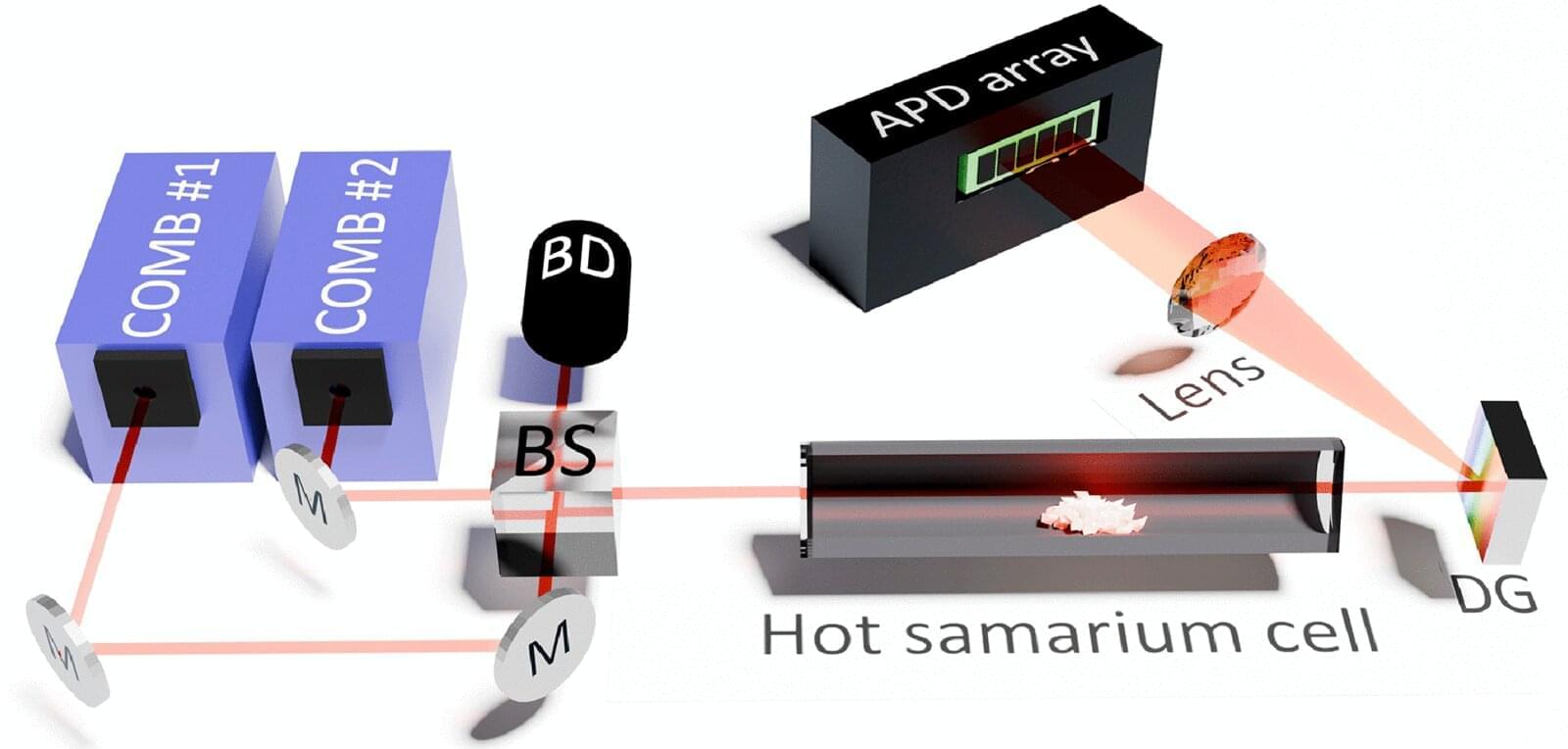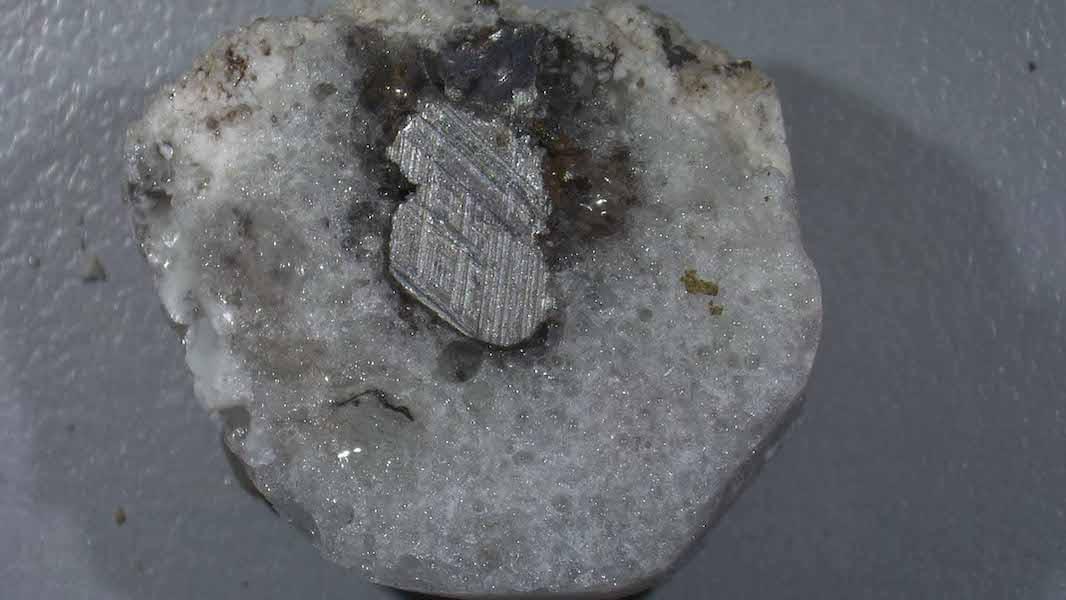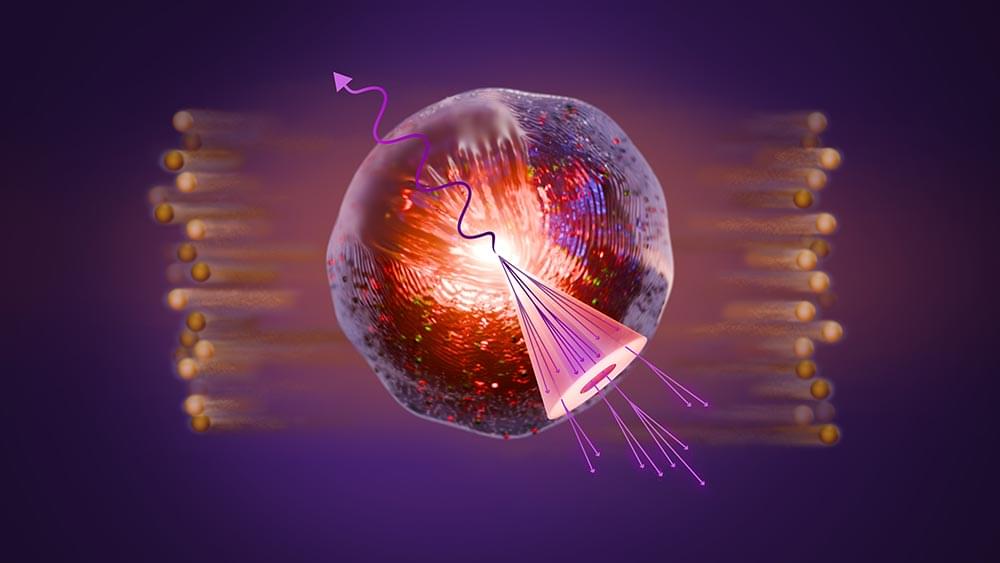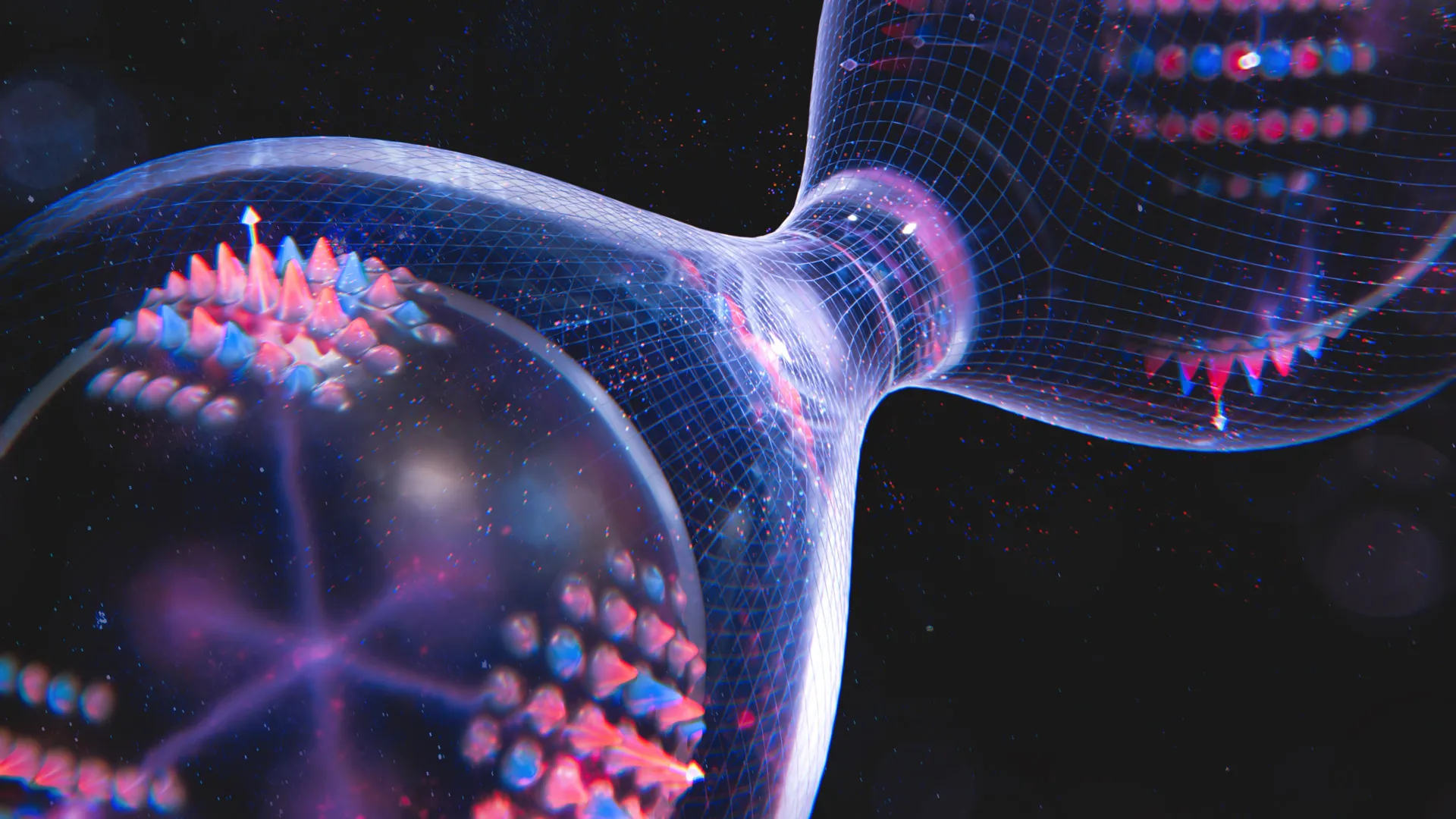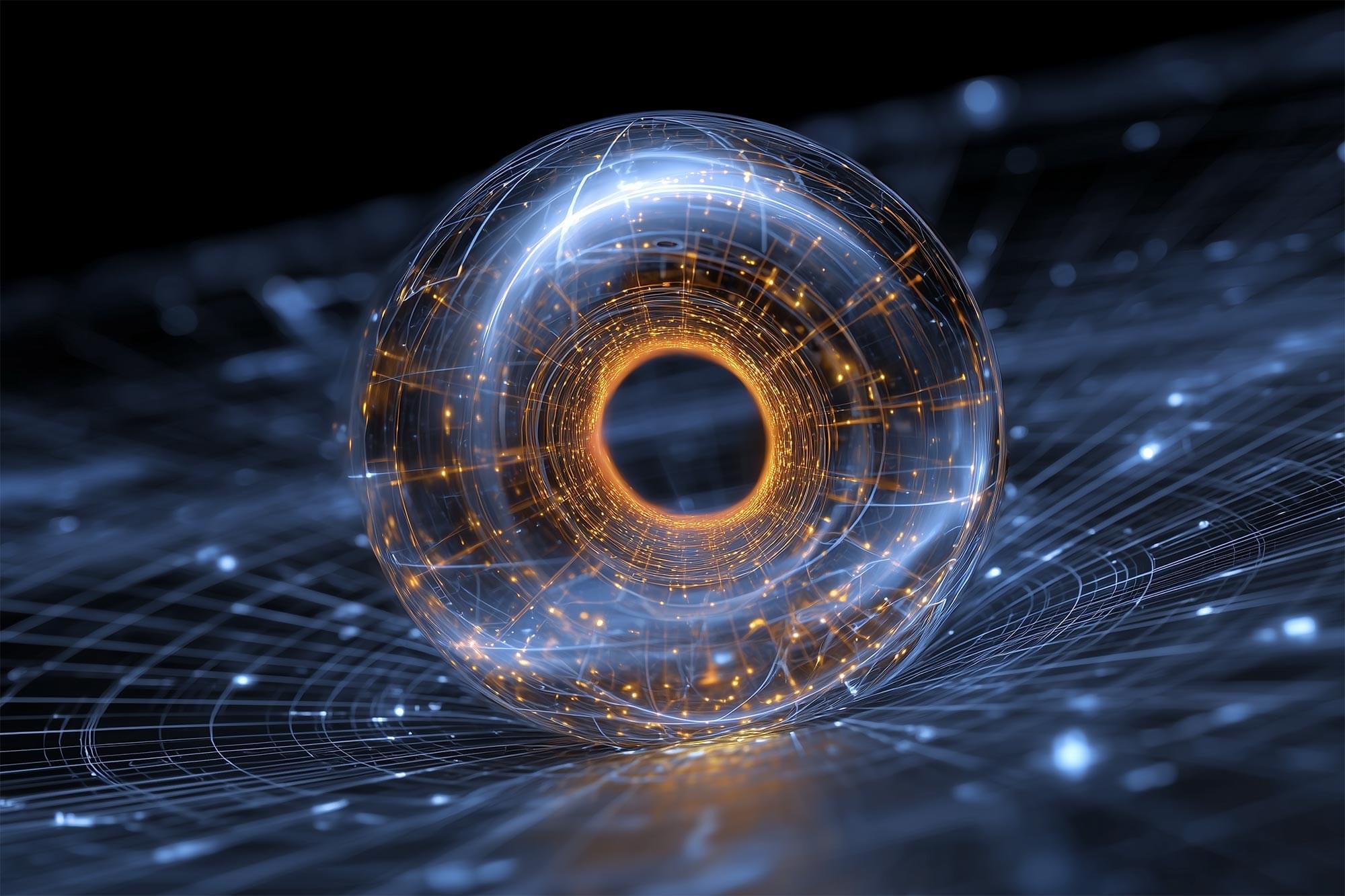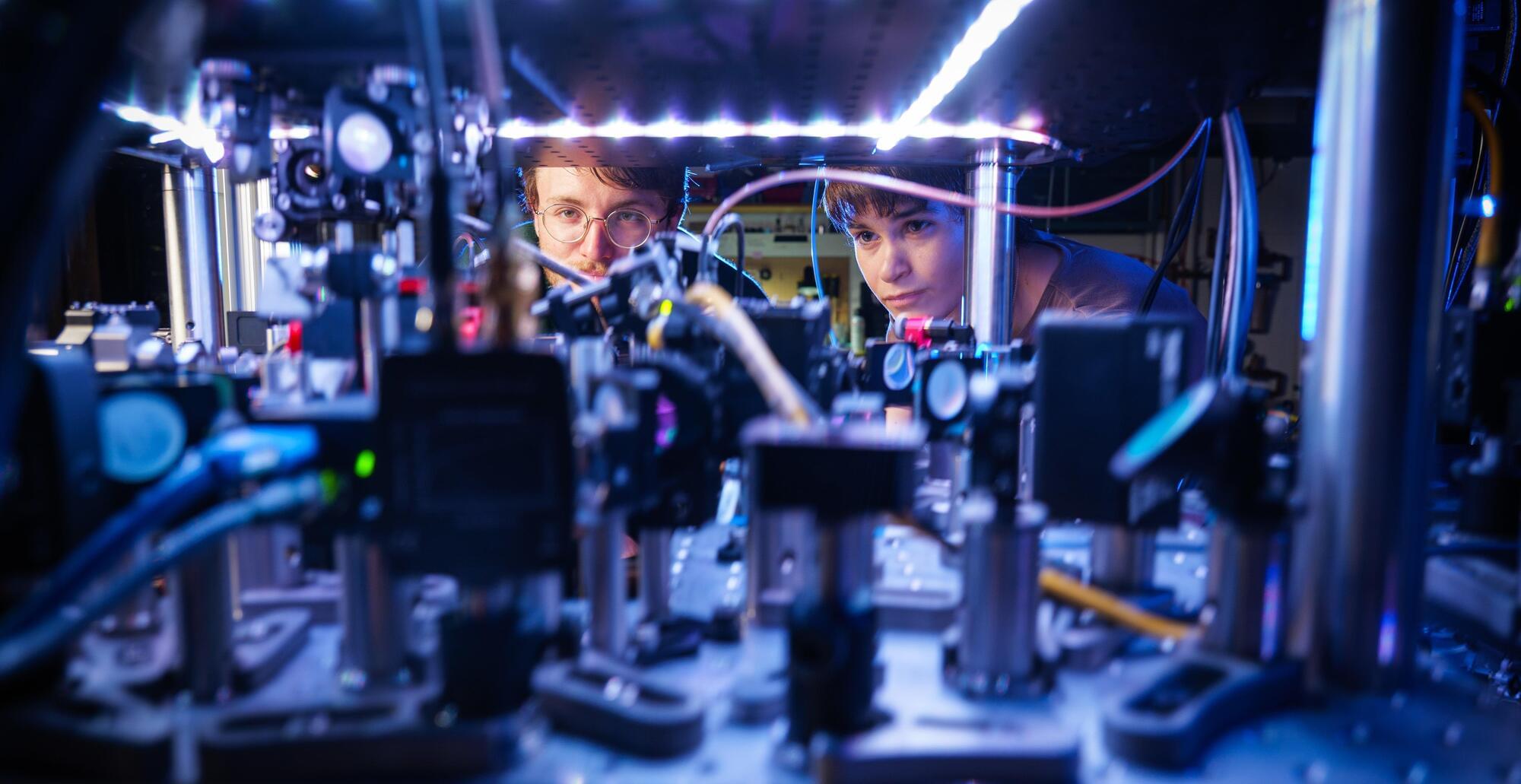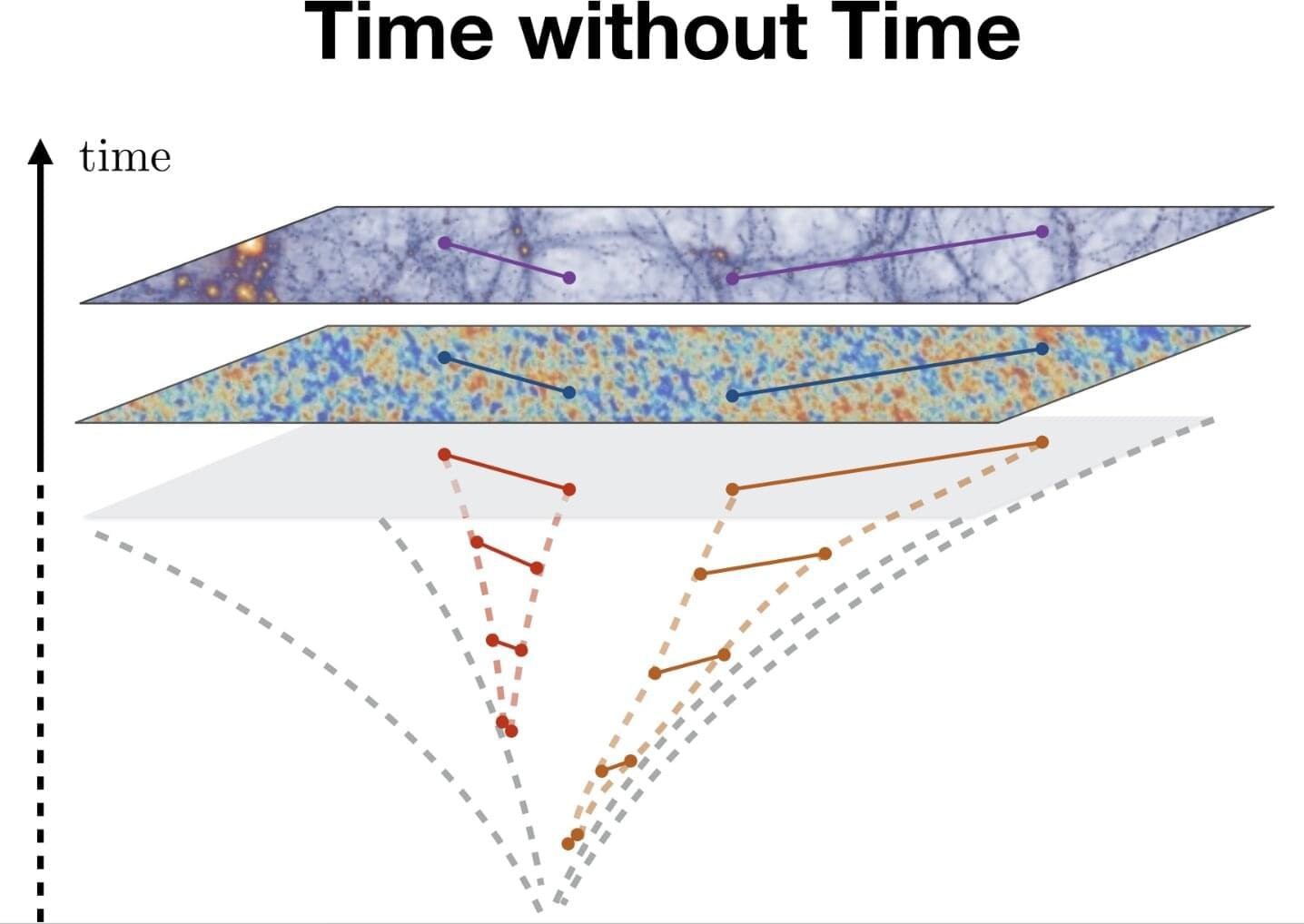Researchers at Johannes Gutenberg University Mainz (JGU) and the Helmholtz Institute Mainz (HIM) have developed a novel method for investigating the internal structure of atoms and discovered previously unknown atomic transitions in samarium, a rare earth element. Their findings were published in the journal Physical Review Applied.
The ability to describe the internal structure of atoms is important not only for understanding the composition of matter, but also for designing new experiments to explore fundamental physics. Specific experiments require samples of atoms or molecules with particular properties, which depend heavily on the phenomenon to be explored. However, the knowledge of the energy-level structure of many atoms remains incomplete, particularly in the case of the rare earth and actinide atoms.
Spectroscopy is one of the most widely used techniques for studying the structure of atoms. This technique is based on the principle that electrons absorb or emit energy when they move between energy levels in an atom. Each element has a unique set of wavelengths of light that are emitted or absorbed due to these transitions. This is known as the atomic spectrum.
